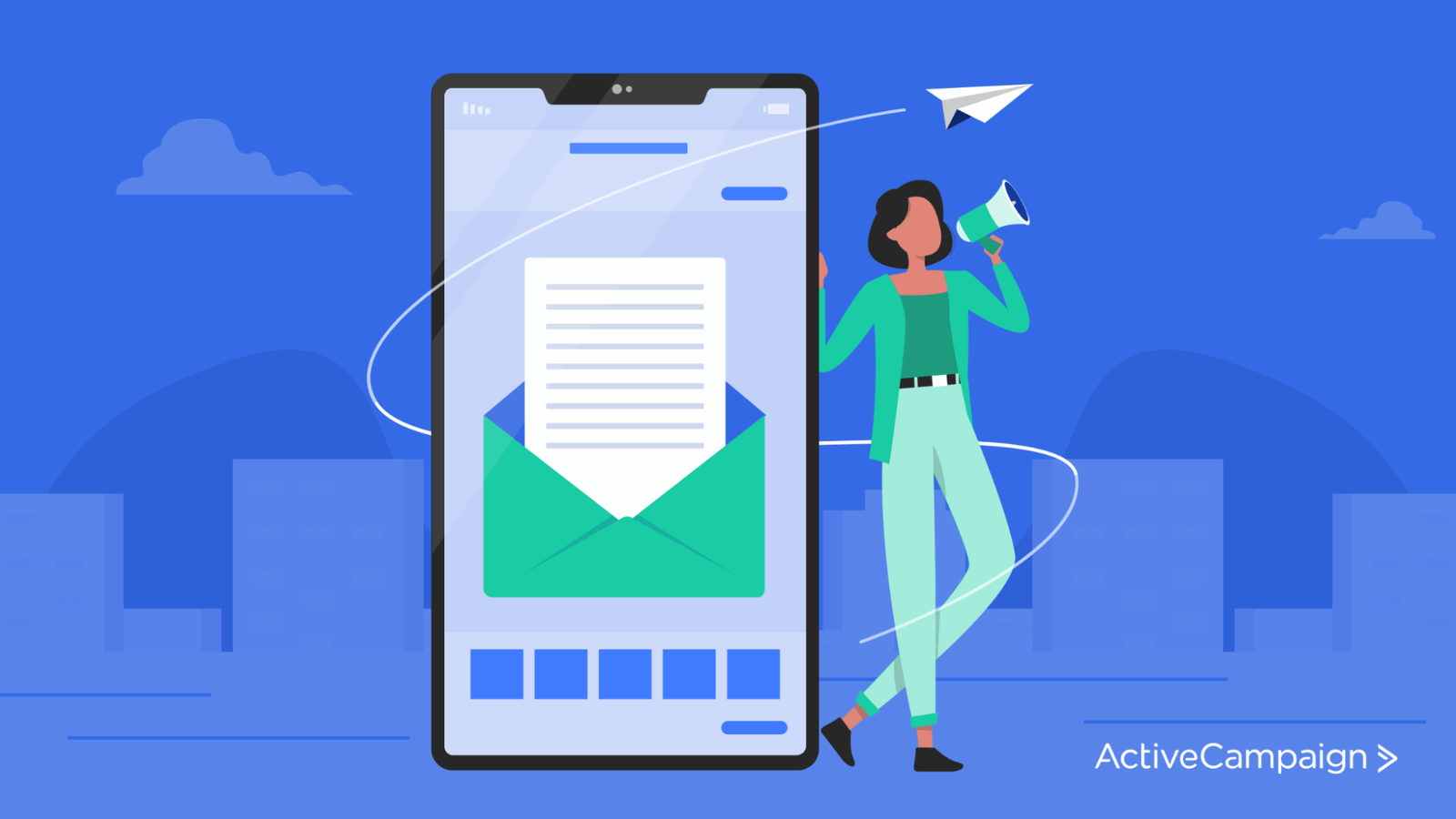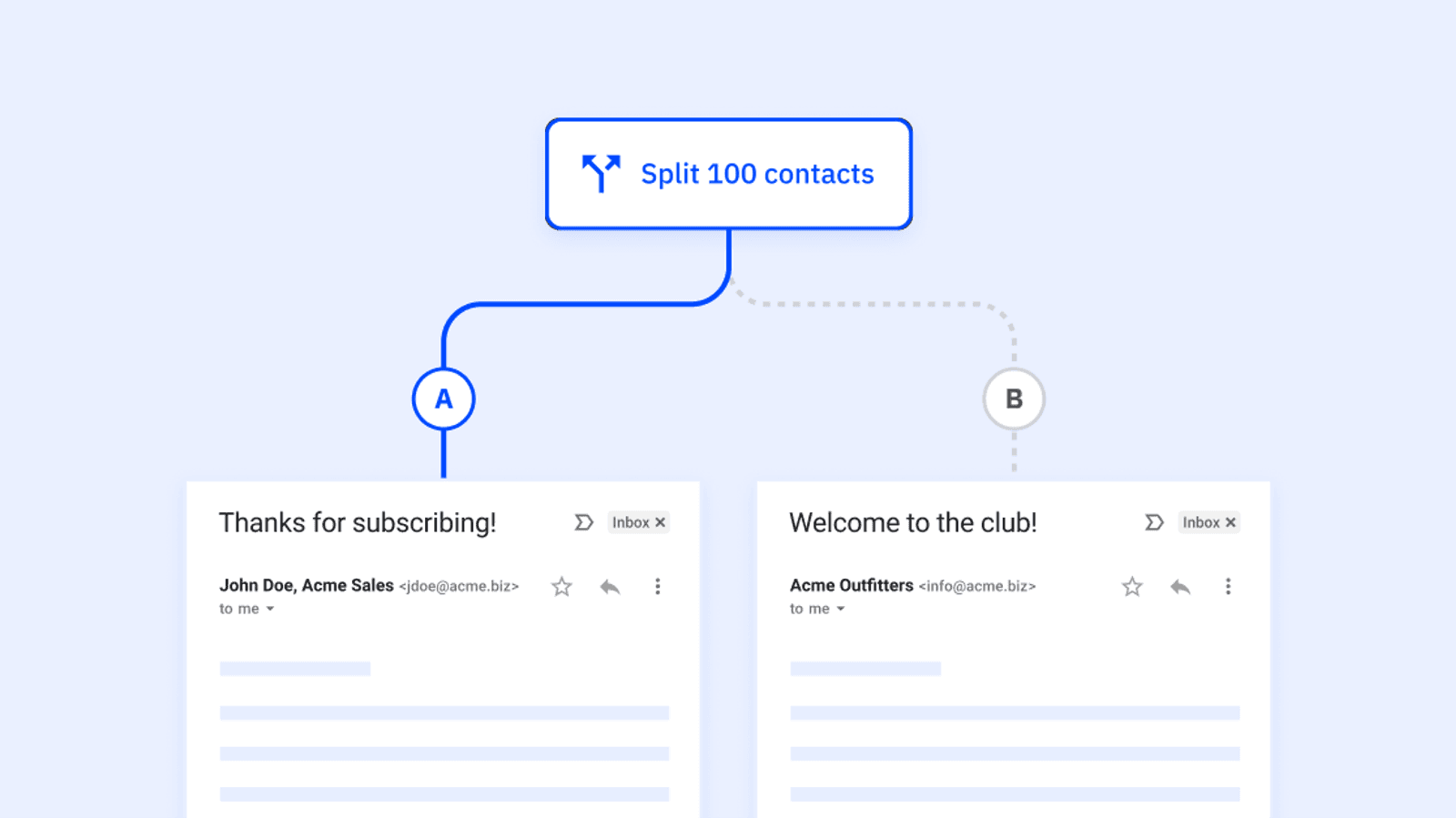This post was updated on June 8th, 2022
Email marketing. For such a simple concept, it’s wildly successful.
Maybe you’ve heard how companies have used email marketing to grow their business. And now you want to do it as well.
In the broadest sense, email marketing is just sending marketing content directly to your prospects’ email inboxes. If your business is local, however, you may run into a common problem: Almost every email marketing success story you’ve ever heard is from a large company with customers all over the globe.
So how can a local business replicate this email marketing success? To make a sale, you need to focus on people who live in your zip code or at least close to it. That doesn’t always translate well to strategies for a global target audience.
Thankfully, there are plenty of email marketing strategies that local businesses can use. In this guide, we’ll explore local email marketing and a few easy strategies you can use to boost your small business.
Table of Contents
What is local email marketing?
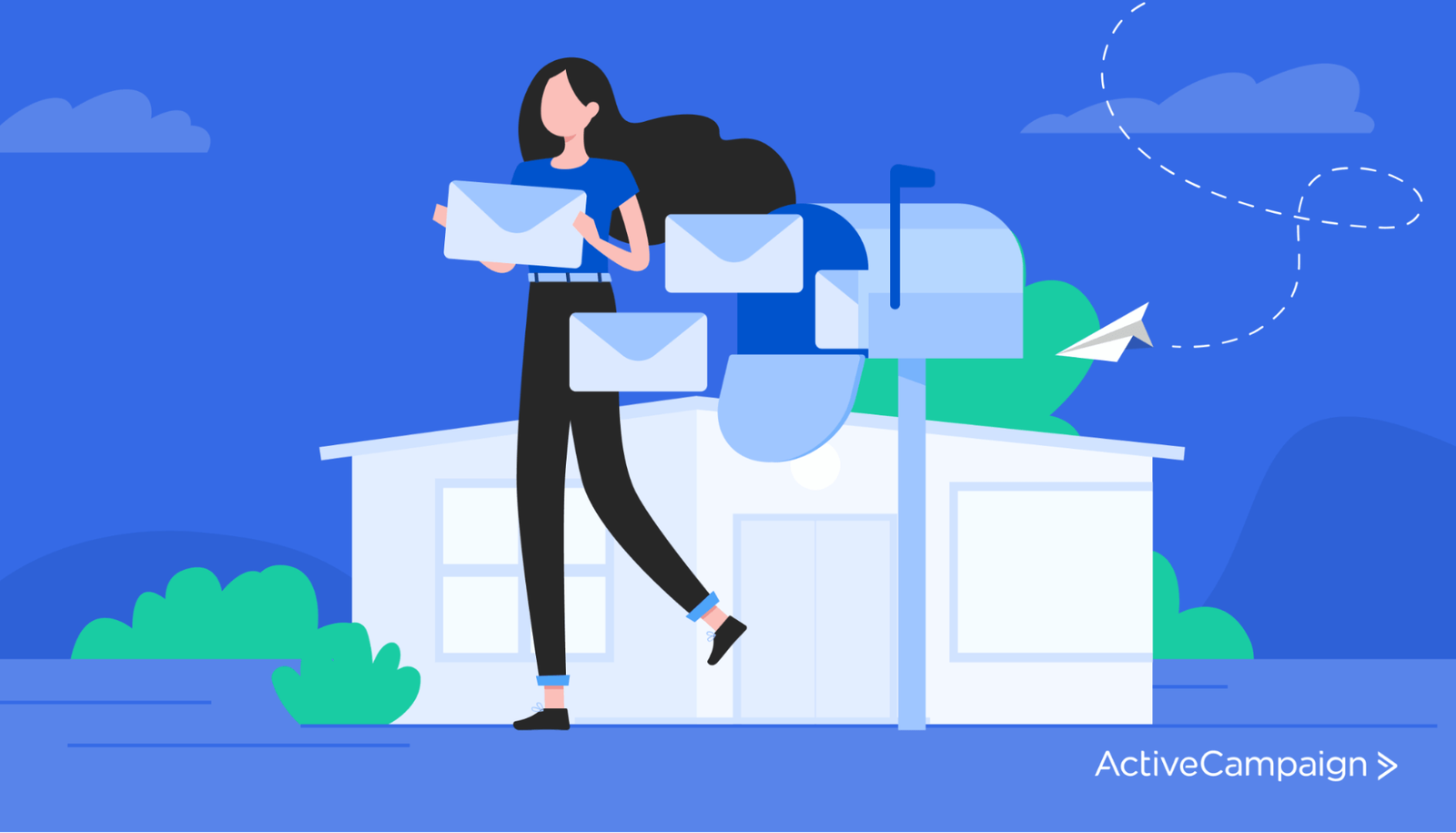
Local email marketing is a method for reaching local customers through email to drive sales. While that may seem obvious, there are a few big differences between local and “traditional” email marketing that even the most well-intentioned marketers can lose sight of.
Local email marketing vs. traditional email marketing
Local email marketing may not seem like a huge departure from traditional email marketing, but it can be surprisingly different.
While many elements are indeed the same (building contact lists, etc.), how they’re built and used makes the difference. However, different targets and goals require different strategies than a traditional email marketing campaign.
Here are a few key differences that set local email marketing apart.
- Locally-sourced contacts: Gathering email subscribers isn’t quite as easy in person as it is online. Though you can still grow local contacts through your website (especially if you leverage local SEO) or social media, gathering them through in-person means, such as events and conferences, is usually necessary. We’ll cover some strategies for doing this in the next section.
- Smaller pool of contacts: You’ll also be working with a smaller list of contacts than you might in a traditional email marketing campaign. That’s not necessarily a bad thing—if anything, a smaller list of contacts already familiar with your business makes email marketing even easier.
- More personalization: A smaller contact pool also makes it easier to deliver targeted emails, effectively driving conversions and boosting ROI. Instead of sending the same generic email to all your contacts, you can send personalized emails to different contacts based on their previous interactions with your business.
- Announcements over ads: But wait, isn’t the entire point of email marketing to advertise? While that’s true, local email ads should take on a slightly different form than those sent by big companies to thousands of recipients. While your emails will vary, they'll likely trend toward announcing in-store events and sales rather than specific product information.
Benefits of local email marketing
Though local contact sourcing and smaller email lists may sound limiting, they come with many benefits. Here are just a few.
- Stronger customer relationships: Let’s face it—nobody likes receiving marketing materials. However, when they do, people want to feel valued and seen by the brands they like. Large email marketing campaigns can lose sight of this, so local email is inherently far more personal. With more personal email communications, you’ll build much stronger customer relationships.
- More sales per email: Stronger customer relationships also make for more sales. With trust and value already established, your contacts and customers are more likely to convert (and buy) after reading your emails. In-store events and targeted emails can also add a further boost.
- Higher ROI: Email marketing already provides a massive return on investment (ROI), with a 2019 study showing a return of $42 for every $1 spent. Since local contacts are more likely to convert and sending emails is practically free, local email marketing can boost your ROI even higher.
- More customer traffic: Promoting in-person events and promotions boosts sales and store traffic. With more people showing up, you’ll enjoy more foot traffic, interest, and sales.
- Better insight into customer preferences: Since most of your email marketing will directly result in in-store sales and activities, you can directly assess your customer’s preferences based on peaks and dips in traffic. For example, if you find that a specific event or sale tends to attract more customers, you’ll be able to capitalize on that long-term.
Building a list of local contacts
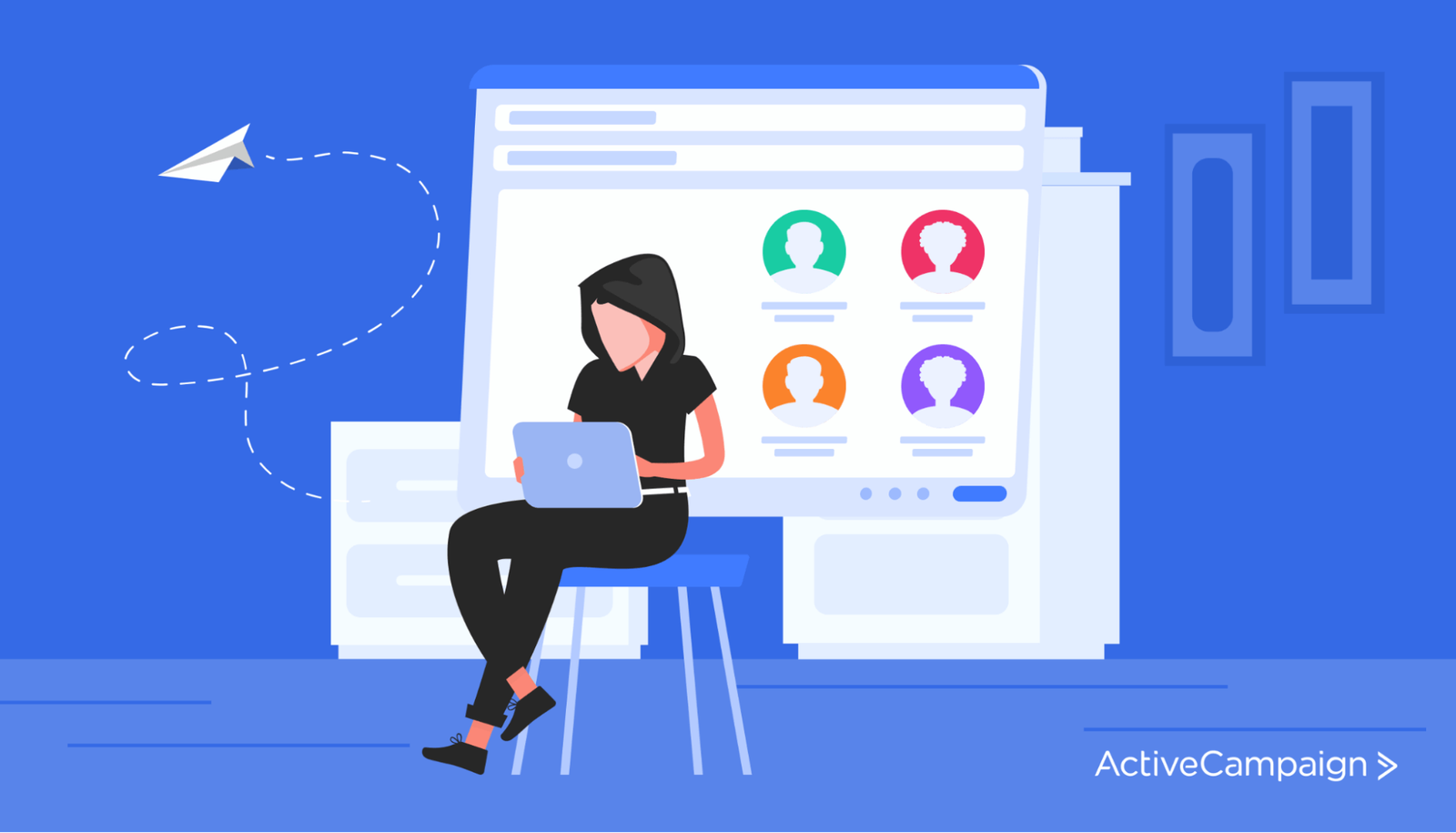
When starting your local email marketing initiative, you might notice that the traditional email strategy for building a list of contacts won’t work for you. You can’t just take anybody interested in what you’re selling—they have to be both interested and local.
One way to overcome this is to develop creative ways to add people to your contact list when they visit your store. If they’re visiting your store, it’s a safe bet they’re local (or will at least be making a return visit).
Let’s use a wine shop as an example of how you might get visitors to sign up for your list. You could host a wine-tasting event. You can ask patrons to sign up for your email newsletter to have a taste.
Or have the free tasting, but offer an extra discount on a bottle of the wine for customers that sign up for your newsletter.
The point here is that getting people to sign up for your list will probably take more than simply asking them at checkout. Chances are, getting people to sign up for your list will be a quid pro quo proposition, but there’s nothing wrong with that, and it'll be worth it in the long run.
Writing emails for local email marketing
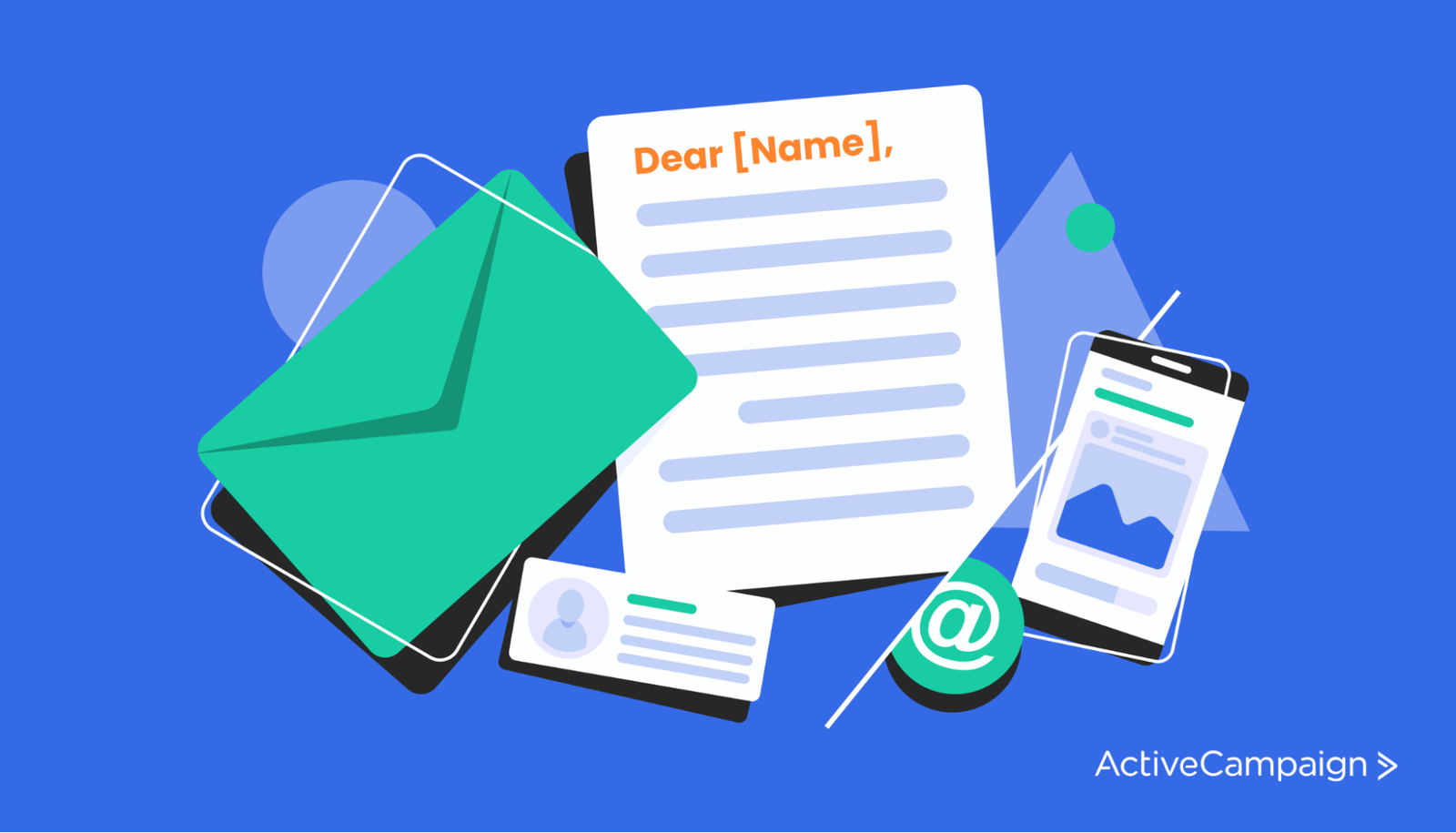
As you continue to build your list, you need to make sure that the content of your emails is strong so as not to lose contacts currently on your list. Your instinct might be to look at some big e-commerce companies and emulate them, but being local is an advantage here. You can do things with your emails that non-local companies can’t.
Tie in events
You have 1 significant and definite advantage over internet companies as a local business. You can use your store to build a community and foster positive relationships between your company and your community.
Events are 1 of the great ways to go about this. Events draw in people who aren’t already familiar with your business and give an excuse for people who are already customers to stop by.
To continue the example of the wine shop, wine tasting is an obvious event. With this, you’ll naturally attract people into your store who are just passing by but tie the event into your email marketing, and you’ll see tons of people come in who maybe otherwise wouldn’t have that day.
Add a personal touch
One of the huge advantages of having a storefront is having people in that storefront. Use this same advantage in your emails.
When someone receives email marketing messages from big companies, those messages are usually not from anybody in particular. Sure, somebody had to write them at some point, but most people wouldn’t know the difference between Steve from marketing and HAL 9000 (“I’m sorry for spamming you, Dave.”).
You, on the other hand, are a person. You own the store, and all the people you email on your list have probably seen you before, if not talked to you. Take advantage of this in your emails.
Write the email in a similar tone as you would speak. Make it conversational, and be sure to sign off using your name. When people come into your store and notice that the same person ringing them up is the same person they receive their emails from, those emails become more impactful and feel genuine.
Make your subject local
One problem with email marketing is its saturation of the marketing landscape. Nearly every company does it, and people are bombarded by email marketing messages daily.
This is why email subject lines are so important. A strong subject line is often the difference between someone opening an email or immediately discarding it. So, effective subject lines mean higher open rates.
The problem with so many subject lines is they’re impersonal and feel salesy. When people get an email from a company, they’re probably already on guard. So, unless the subject line is compelling, most people are likely to toss it in the trash.
This is why local subject lines are so effective. If people see a subject that references their neighborhood, they’re naturally more inclined to think the email may apply to them (which it likely does) and open it.
Launching a local email marketing campaign

Now that you know the benefits of local emails and how to write one, it’s time to start your campaign.
Like any marketing campaign, local email marketing is a long-term email marketing strategy that grows with your business. There’s no right answer here—as you send emails and try new approaches, you’ll gradually fine-tune your strategy based on what seems to work.
Thankfully, there are plenty of useful tools and software available to help. There's an email marketing tool for just about anything, from building and grouping contact lists to tracking who reads your emails. For example, ActiveCampaign’s email marketing tools allow you to write, schedule, segment, send, track, and automate all types of emails.
Let’s lay out some general strategies for building an effective local email campaign.
Build Your Local Contacts
Sending your first emails
You’ve built a local contact list and maybe even drafted a few emails. Now what?
It’s (finally) time to start emailing your contacts. But how are you supposed to email them? Do you just open your email app and enter all the email addresses from your contact list? While you could do that, it wouldn’t be very efficient—or very effective.
Instead, it’s better to use email marketing software to automate the process. And yes, sending emails in a campaign is indeed an entire process!
Follow these steps to get started.
- Choose your email marketing software. While some email marketing providers do little more than send emails, industry leaders allow you to create, organize, and launch segmented campaigns using powerful tools. Ideally, the software you choose should perform everything we mention in this section, including results tracking.
ActiveCampaign’s email marketing platform does all that and more. With smart tools for creating a campaign and drafting emails using templates proven to convert, launching and tracking your email marketing campaigns has never been easier.
- Divide your contacts into groups. Also known as segmentation, dividing your contact list into groups based on factors like preferences and previous purchases allows you to send more targeted emails. Using the wine shop example from earlier, you might make a segment of wine tasting attendees to send them a follow-up email detailing the featured wines, their price points, and special offers.
Of course, you don’t need segmented lists to send out emails for major store announcements and upcoming events. However, targeted email is still the most effective way to drive conversions and boost sales by catering to every type of customer need.
- Draft emails for each group. Once you’ve segmented your contacts, you may want to draft specific emails for each group. For example, you might draft a store-opening email to send to every contact and another to send a special promotional email to your first 100 contacts.
However, no matter what you draft, be sure to use email marketing best practices. These include writing a catchy (but not misleading) subject line, creating great email content, and including descriptive images. Layout and email design are also important, and most email marketing software will include tools to help.
- Send away! With a segmented contact list and emails to match, you can now send off your targeted emails, which most email marketing software will do for you. However, as we’ll see in the next section, your campaign doesn’t end after hitting “send.”
Tracking results
So you’ve finally sent your emails to your contacts. How do you know if they’re effective?
As a local business, you might be looking for upticks in activity in your store. You may even ask new or potential customers how they’ve heard of you, hoping they’ll say, “I got your email!”
While these can be good ways to track results, they leave out a lot of data between hitting “send” and a customer entering your store. This data may consist of several key performance indicators (KPIs)that can be incredibly valuable for tracking results.
Here are just a few important email marketing benchmarks and KPIs to look out for (hint: email marketing software can help here, too).
- Open rate: The ratio of the number of people who open your email to the total number of local contacts on your list. This conversion rate helps determine the effectiveness of your subject lines or how often your emails end up in the spam folder.
- Click-to-open (CTOR) or click-through rate (CTR): The ratio of the number of people who click a link within your email to the total number of people who open the email. Most email campaigns use this metric to gauge success, as it directly relates to the effectiveness of the email itself. Average success rates are around 14%.
- In-store visits: As a local business, you'll be able to observe effectiveness based on daily traffic. For example, if you advertise an in-store event or promotion via email, the turnout will help you determine how effective your approach was.
Fine-tuning your strategy
After you send a few emails and track the results, you may start to see what works (and what doesn’t). If something isn’t working as you’d like, it’s time to fine-tune your strategy.
A/B testing is a great way to improve your strategy. You send 1 of 2 emails—email “A” and email “B”—to your contacts. Though both emails are similar, they contain slightly different subject lines, copy, or images. By tracking the results of these emails, you’ll be able to test which approach is most effective.
Apart from A/B testing, we’ve discussed things you can and should do differently from big companies that can’t implement local email marketing strategies. However, that doesn’t mean you should completely depart from what they do.
These companies are successful because they do a lot of things right. The key for you is to figure out how to blend traditional email marketing strategies with local ones. If you can manage to do this effectively, you’re sure to see success.
Get started with local email marketing today
Local email marketing is an effective way to reach new and existing customers in your area. Though it may take a different approach than traditional email marketing, it’s well worth the effort.
Using email marketing software is 1 of the best ways to guarantee the success of your campaign. With ActiveCampaign’s email marketing tools, you can write, send, and track emails while managing and segmenting your contacts.For more information and to schedule a free demo, contact an email marketing expert from ActiveCampaign today.

